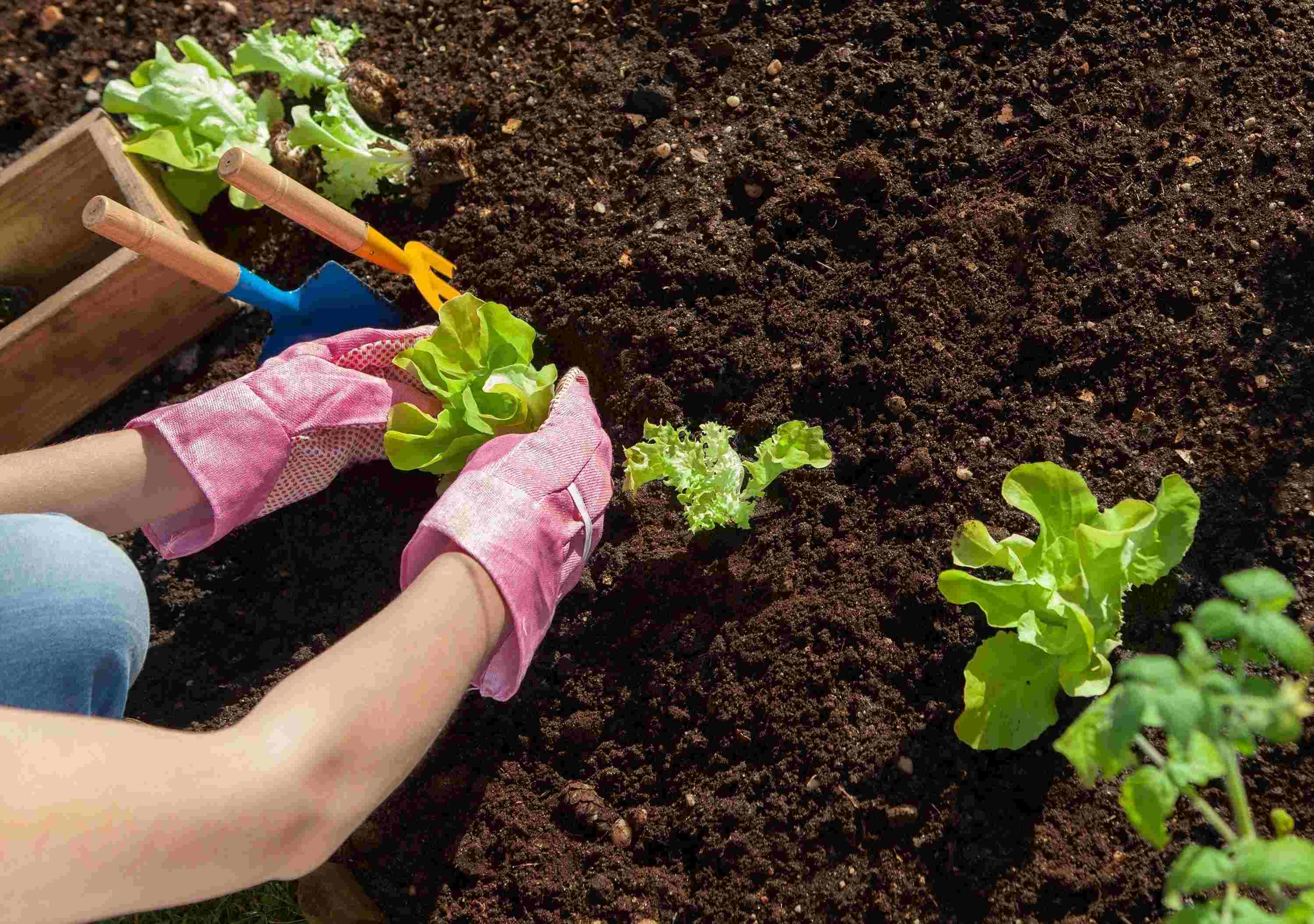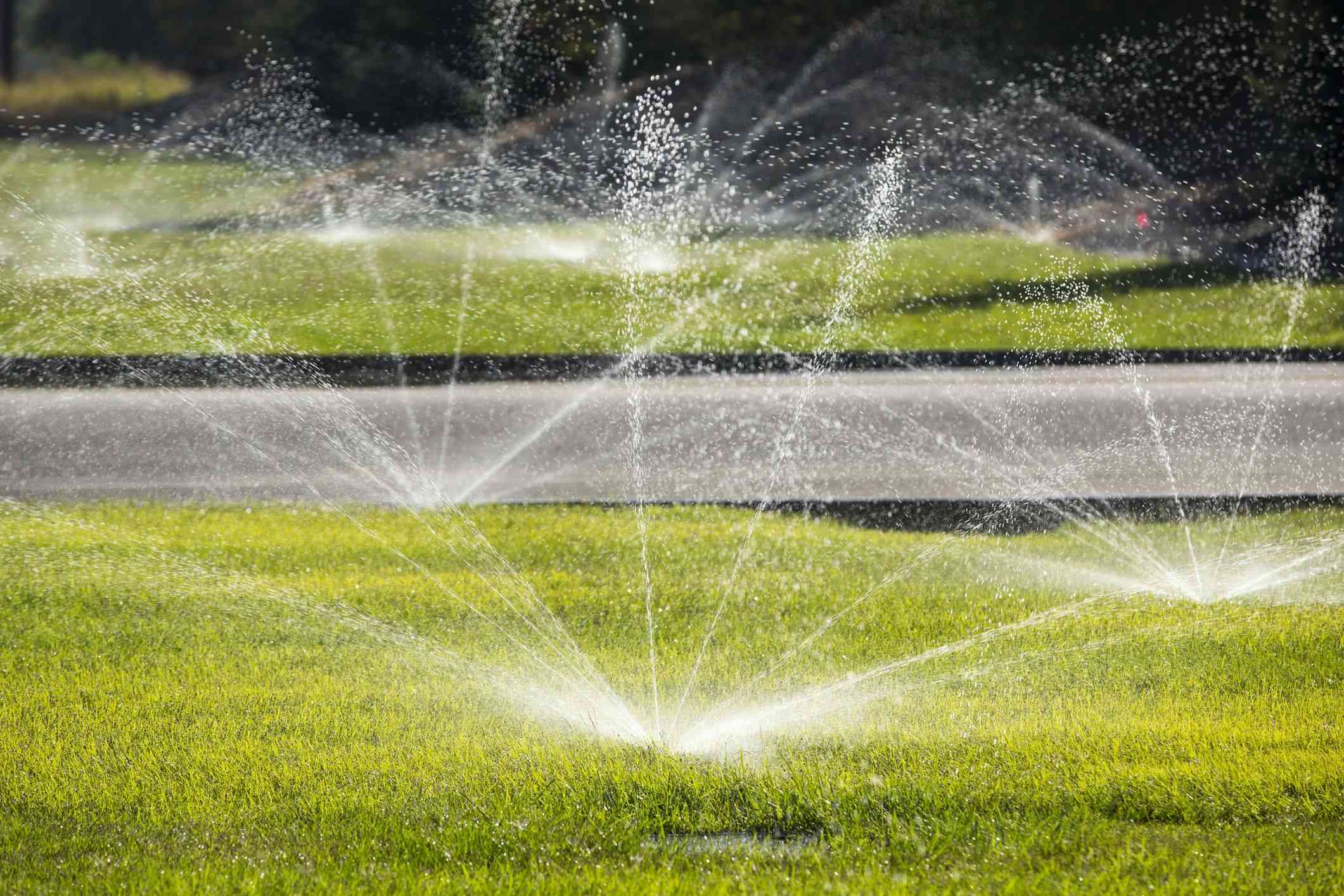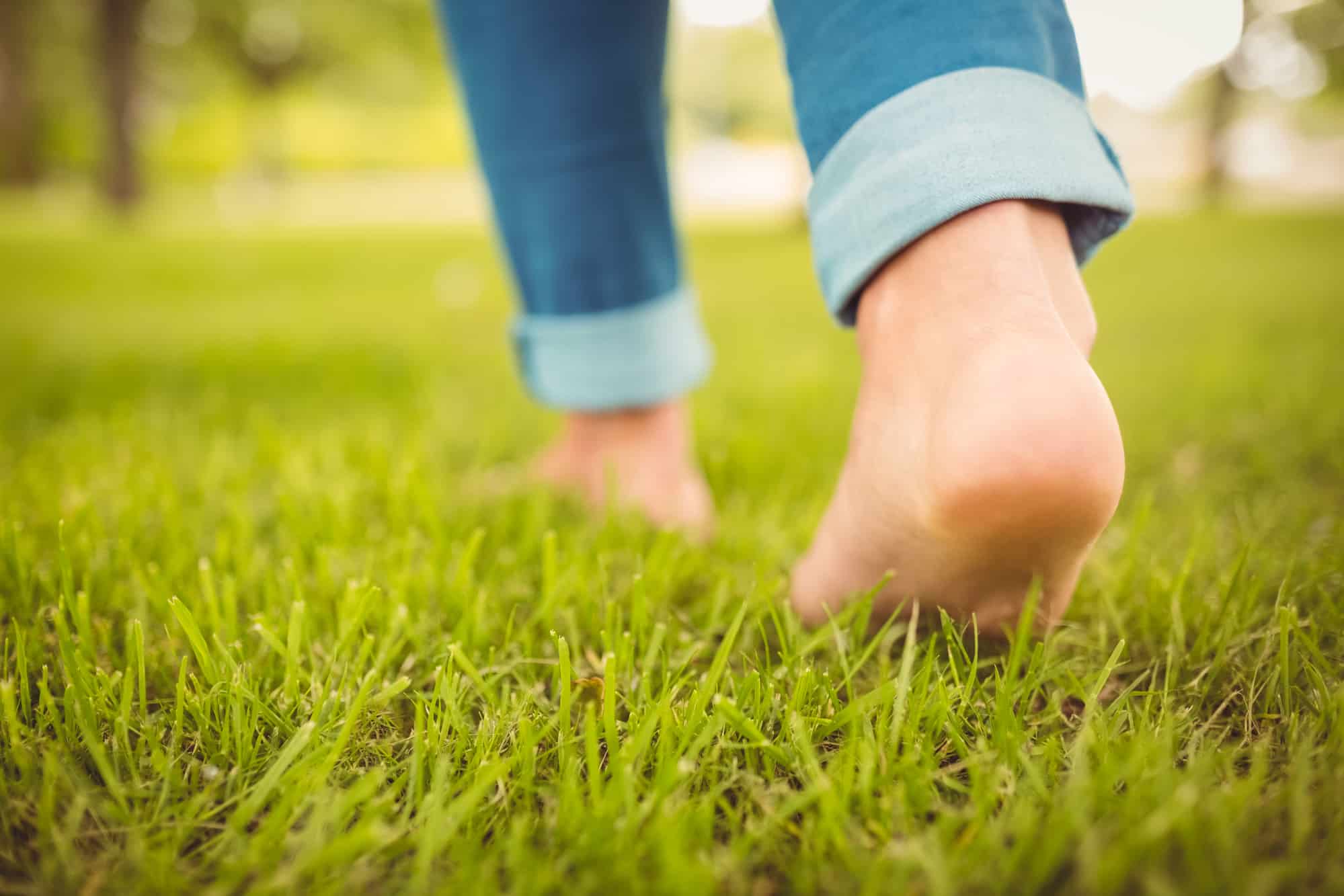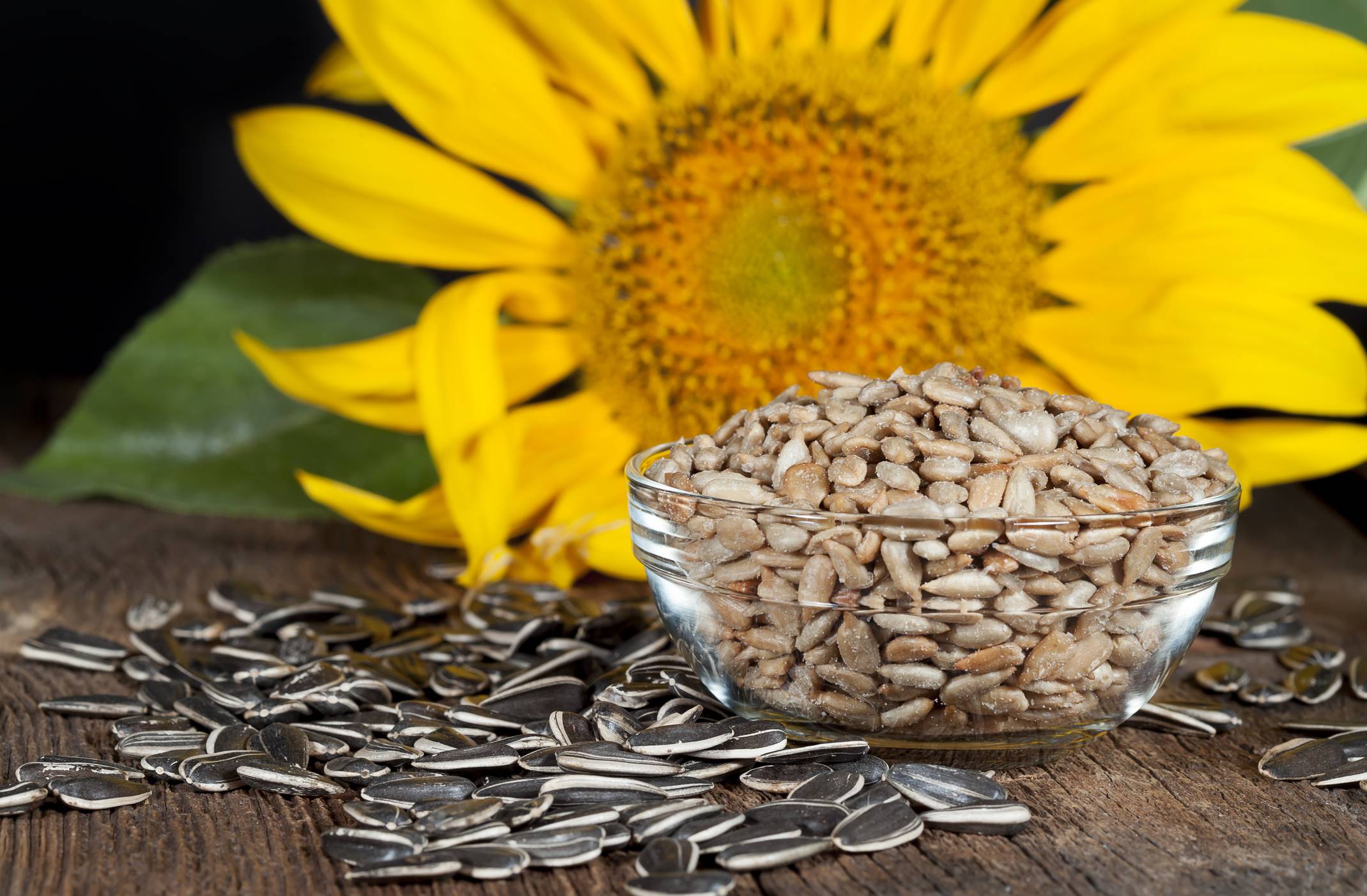Home>Types of Gardening>Ornamental Gardening>Do You Need Straw When Planting Grass Seed
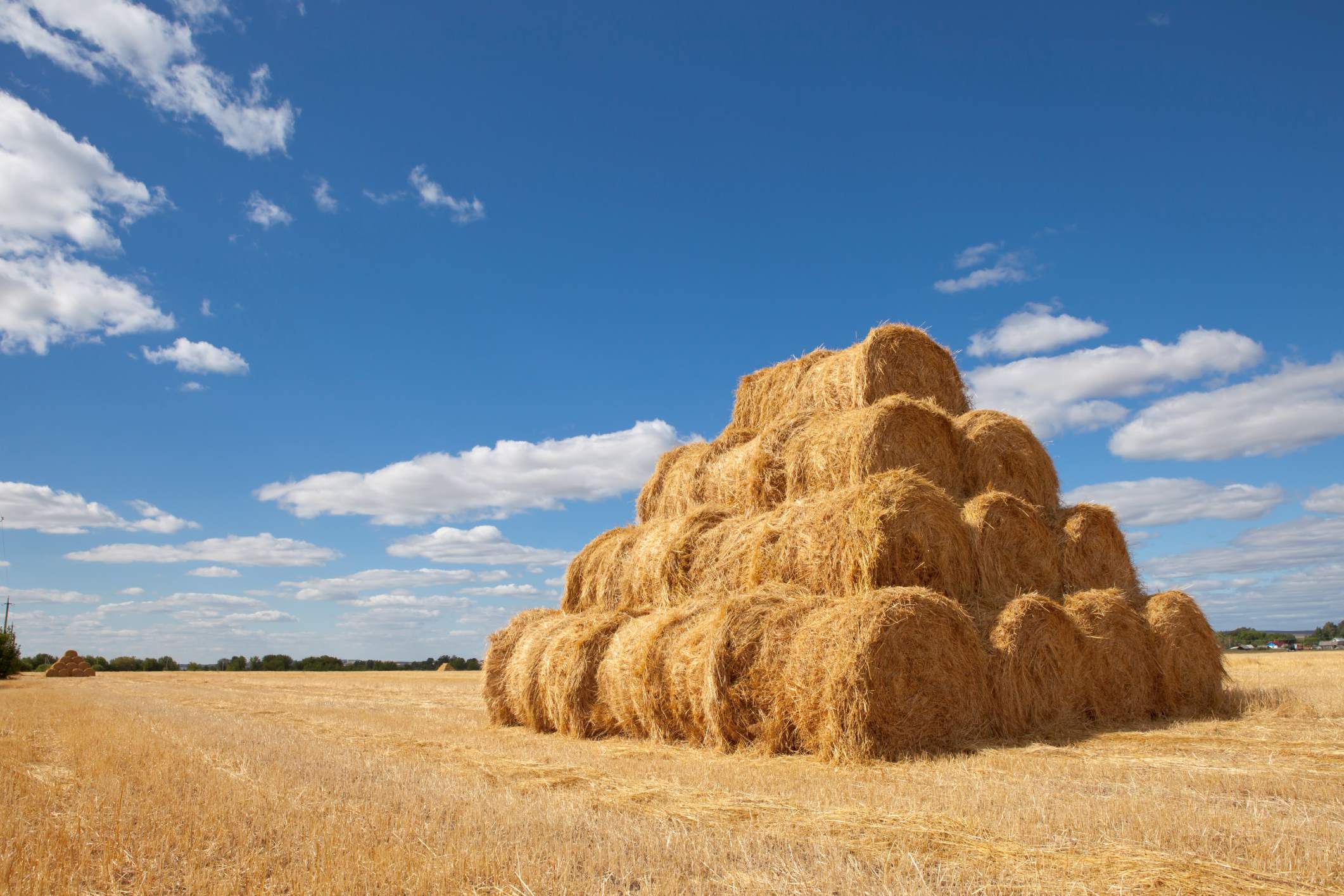

Ornamental Gardening
Do You Need Straw When Planting Grass Seed
Modified: February 8, 2024
Discover the importance of using straw when planting grass seed in your ornamental gardening projects. Learn how it can enhance germination and protect your new seedlings.
(Many of the links in this article redirect to a specific reviewed product. Your purchase of these products through affiliate links helps to generate commission for Chicagolandgardening.com, at no extra cost. Learn more)
Table of Contents
Introduction
Welcome to the world of ornamental gardening, where beauty and nature blend harmoniously. Ornamental gardening is the art of creating visually stunning landscapes through the cultivation of plants that are mainly valued for their aesthetic appeal. Whether you have a sprawling backyard or a cozy balcony, ornamental gardening allows you to transform outdoor spaces into a tranquil haven.
By carefully selecting and arranging various types of plants, including flowers, shrubs, and trees, you can create captivating displays that delight the senses. Ornamental gardening is not only a way to enhance the visual appeal of your surroundings; it is also a therapeutic and rewarding activity that allows you to connect with nature and express your creativity.
In this article, we will explore the benefits of ornamental gardening, provide practical tips for creating stunning ornamental gardens, and offer insights into how ornamental gardening can positively impact your well-being. So, grab your gardening tools and let’s dive into the world of ornamental gardening!
Benefits of Using Straw When Planting Grass Seed
When it comes to planting grass seed, using straw as a protective cover can offer several benefits. Here are some of the advantages of using straw during the seeding process:
- Moisture Retention: Straw acts as a mulch, helping to retain moisture in the soil. This is particularly beneficial during the germination and establishment stages of grass growth when the seeds require consistent moisture for optimal growth. By preventing excessive evaporation, straw can help maintain the necessary moisture levels in the soil, increasing the chances of successful seed germination.
- Temperature Regulation: Straw can also assist in regulating soil temperature. It acts as insulation, shielding the soil from extreme temperature fluctuations. In colder climates, the layer of straw helps to retain heat in the soil, promoting better seed germination and growth. In warmer regions, it can provide shade and protection, preventing the soil from overheating, which can be detrimental to seed development.
- Erosion Control: When seeds are initially sown, they are vulnerable to being washed away by heavy rainfall or irrigation. Straw can serve as a protective barrier, preventing soil erosion by absorbing the impact of water and helping to anchor the seeds in place. This is particularly important on sloped areas or bare soil patches where erosion is more likely to occur.
- Weed Suppression: Straw can act as a natural weed suppressor. By putting down a layer of straw over the freshly sown grass seeds, it creates a physical barrier that hinders weed seeds from reaching the soil surface and germinating. This can help reduce competition for resources and give the newly planted grass seeds a better chance to establish and flourish.
- Protection from Birds and Animals: Grass seeds can be a tempting snack for birds and small animals. Straw acts as a visual deterrent and physical barrier, making it more challenging for them to access the seeds. The presence of straw can help discourage these pests, increasing the likelihood of successful seed establishment.
Overall, using straw when planting grass seeds can provide numerous benefits, including moisture retention, temperature regulation, erosion control, weed suppression, and protection from birds and animals. Incorporating straw into your seeding process can increase the chances of achieving a lush and healthy lawn.
Drawbacks of Using Straw When Planting Grass Seed
While using straw as a cover during the grass seeding process can have its advantages, it’s important to consider the potential drawbacks associated with this method:
- Weed Seed Contamination: Straw, especially if not properly sourced or prepared, may contain weed seeds. These weed seeds can infiltrate the soil and compete with your newly planted grass seeds for resources, potentially leading to weed infestation in your lawn. It is crucial to ensure that the straw you use is free from weed seeds or opt for alternative weed-free options.
- Difficulty in Seed Contact: Straw can create a barrier between the grass seeds and the soil, making it harder for the seeds to make direct contact with the soil. Good seed-to-soil contact is essential for successful germination and establishment. If the straw layer is too thick or not properly applied, it may hinder seed growth and result in patchy or uneven grass coverage.
- Inconsistent Coverage: Achieving uniform coverage with straw can be challenging. Uneven distribution or gaps in the straw layer can lead to inconsistent germination and growth, leaving bare spots in your lawn. It requires careful application and attention to detail to ensure that the straw is evenly spread over the seeded area.
- Attractive to Pests: While straw can act as a deterrent to some pests, it can also attract others. Certain insects, such as slugs or snails, may find the straw layer a cozy hiding place and use it as a breeding ground. Additionally, straw can provide shelter and protection for unwanted pests like rodents, increasing the risk of damage to your newly seeded lawn.
- Maintenance and Cleanup: Once the grass has germinated and established, the straw layer will need to be removed or incorporated into the soil. This process can be time-consuming and labor-intensive, requiring raking or mowing to ensure the straw is adequately dispersed or collected. If not properly managed, leftover straw can create a messy appearance and interfere with the overall aesthetics of your lawn.
While using straw when planting grass seed offers various benefits, it is important to be aware of these potential drawbacks. Evaluating these factors will help you make an informed decision about whether using straw is the right choice for your lawn.
Alternatives to Using Straw When Planting Grass Seed
If you are looking for alternatives to using straw when planting grass seed, there are several options available that can offer similar or even improved results. Consider the following alternatives:
- Grass Seed Mats or Blankets: Grass seed mats or blankets are pre-seeded mats made from biodegradable materials. These mats contain grass seeds uniformly distributed within a protective layer, providing consistent coverage and seed-to-soil contact. They help retain moisture, protect against erosion, and promote germination. Simply lay the mats on the prepared soil, water them regularly, and watch as the grass starts to grow.
- Wood Fiber Mulch: Wood fiber mulch is made from shredded wood fibers and is an excellent alternative to straw. It provides similar benefits, including moisture retention, temperature regulation, weed suppression, and erosion control. Wood fiber mulch is free from weed seeds and breaks down naturally over time, enriching the soil with organic matter. It is easy to apply and provides an attractive and uniform appearance to your lawn.
- Compost: Using compost as a top-dressing over grass seeds can be highly beneficial. Compost adds organic matter to the soil, improves soil structure, and enhances nutrient availability for the growing grass. It helps retain moisture, regulate soil temperature, and suppress weed growth. Apply a thin layer of compost over the seeded area, making sure not to bury the seeds too deep, and water regularly to encourage germination.
- Coconut Coir: Coconut coir is a natural fiber derived from coconut husks. It is an eco-friendly alternative to straw that provides excellent moisture retention and insulation properties. Coconut coir helps prevent soil erosion, suppress weeds, and promote strong grass establishment. It is available in various forms, including mats and pellets, and can be easily applied over grass seeds.
- Hydroseeding: Hydroseeding is a technique where a mixture of grass seeds, mulch, water, and additives is sprayed onto the prepared soil. The mixture forms a protective layer that helps retain moisture, provides seed-to-soil contact, and promotes uniform grass growth. Hydroseeding is beneficial for large areas and difficult-to-reach spaces, as the mixture can be easily applied with specialized equipment.
These alternatives to using straw offer viable options for achieving successful grass seed germination and establishment. Consider your specific needs and preferences when choosing the alternative method that aligns best with your lawn goals and desired outcomes.
Factors to Consider When Deciding Whether to Use Straw When Planting Grass Seed
When deciding whether to use straw when planting grass seed, there are several factors to take into consideration. These factors will help you determine if straw is the right choice for your specific lawn and seeding needs:
- Climate and Season: Consider the climate and season in your area. Straw can provide insulation and protect the soil from extreme temperatures, which is beneficial in both colder and warmer climates. If you live in a region with harsh weather conditions, using straw may be particularly advantageous.
- Seed Type: Different types of grass seeds may have specific requirements for optimal germination and establishment. Research the recommended seeding methods for your specific grass seed variety. While straw is commonly used for many grass types, certain seed varieties may benefit more from alternative methods or materials.
- Site Conditions: Assess the conditions of your seeding site. If you have a sloped area or soil prone to erosion, using straw can provide valuable erosion control. Additionally, if your site is prone to weed infestation, straw can act as a physical barrier to suppress weed growth. Evaluate these site-specific factors to determine if using straw will address any potential challenges.
- Availability and Cost: Consider the availability and cost of straw. Depending on your location and the time of year, straw may be readily available and cost-effective. However, in some areas or during certain seasons, straw may be scarce or more expensive. Explore alternative options and compare their availability and cost to make an informed choice.
- Personal Resources and Preferences: Assess your resources, such as time and energy, when considering the use of straw. Applying and later removing straw can require manual labor. If you have limited time or physical capabilities, alternative seed coverings or methods may be more practical. Consider your personal preferences and capabilities to ensure that you can effectively manage and maintain the straw cover if you decide to use it.
By carefully evaluating these factors, you can make an educated decision on whether to use straw when planting grass seed. Remember to consider your specific circumstances, lawn needs, and the benefits and drawbacks outlined earlier to choose the method that will yield the best results for your lawn.
Conclusion
Planting grass seed is an exciting endeavor that can transform your outdoor space into a lush and vibrant lawn. When considering whether to use straw as a cover during the seeding process, weighing the benefits and drawbacks is essential. Straw can help retain moisture, regulate temperature, prevent erosion, suppress weeds, and protect against pests. However, it may also introduce weed seeds, hinder seed-to-soil contact, require maintenance, and invite unwanted pests.
If you decide that straw is not the best option for your lawn, there are alternative methods available. Grass seed mats or blankets, wood fiber mulch, compost, coconut coir, and hydroseeding offer viable alternatives that can provide similar benefits and overcome specific challenges. Evaluating factors such as climate, seed type, site conditions, availability, cost, and personal resources will guide you toward the most suitable choice.
Remember that ornamental gardening is a creative and personal journey. Experimentation and adaptation are key to finding the methods that work best for your unique lawn and preferences. Whether you choose to use straw or explore alternative options, nurturing your grass seeds with care, providing adequate moisture, and ensuring proper seed-to-soil contact will set the foundation for a vibrant and thriving lawn.
Now, armed with the knowledge of straw’s benefits and drawbacks, as well as alternative methods, you can confidently embark on your grass seeding journey and create a stunning and healthy lawn to enjoy for years to come.
